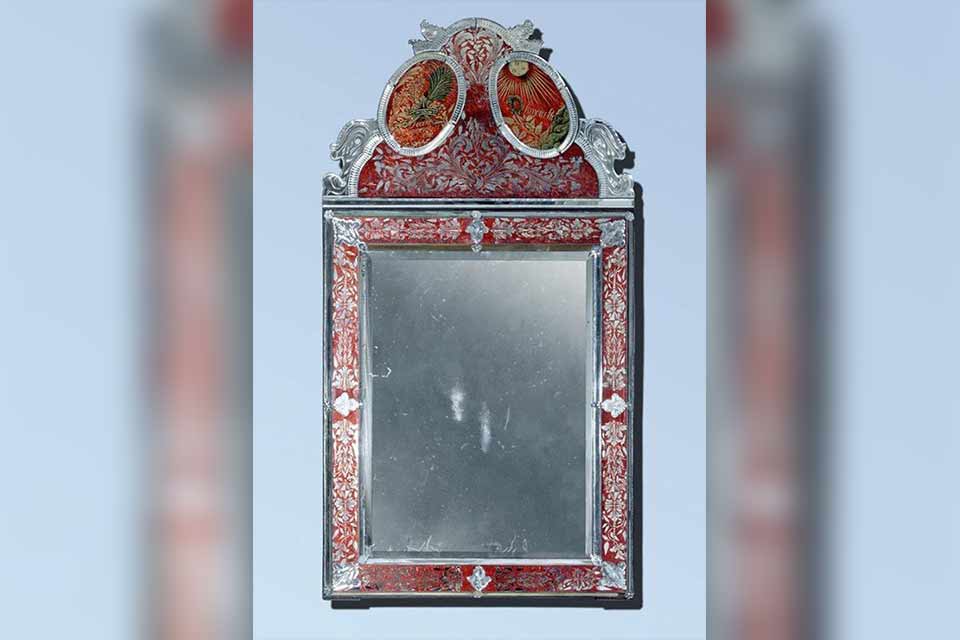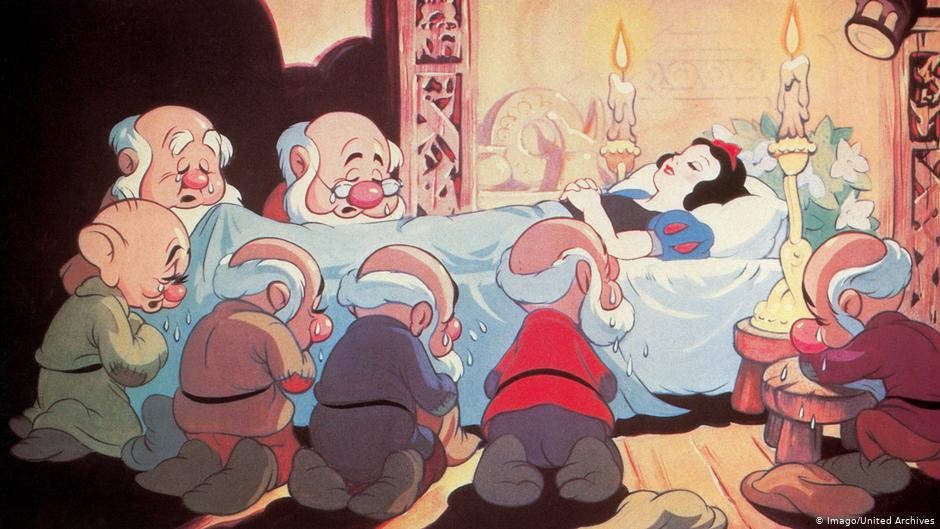The gravestone of a noblewoman who may have inspired Snow White has resurfaced in Germany. The Diocesan Museum of Bamberg said the formerly lost gravestone had been that of Sophia Maria von Erthal, who was born in 1725 in the town of Lohr am Main in modern Bavaria, Germany.
Sophia was the daughter of Prince Philipp von Erthal, and the brother of Prince Bishop Franz Ludwig and Archbishop Friedrich Karl Joseph.
Several elements of her life have correspondences to the famed fairy tale popularised by the Brothers Grimm – born just 50km from Sophia’s home town 60 years later.
Not only was Sophia reputed to clash with her stepmother, whom her father married when Sophia was 18, but the family also had a mirror-making factory.
One of the family’s mirrors, inscribed with the motto “Amour Propre” – translated as self-love, or self-respect – can be seen in Lohr am Main’s Spessart Museum.
Additionally, in the fairy tale, Snow White fled across seven hills to find sanctuary with the mine-working troop of dwarfs, while in Sophia’s lifetime, there was a mine in a nearby district that a traveller from Lohr am Main would have to cross seven hills to reach.
Those working in the mines in the 18th century were often children or young adults, better able to fit in the enclosed spaces. Not to mention that Lohr am Main, well aware of these correspondences, even now carries the nickname “Snow White’s Town”.
Luckily, any murder attempts via poisoned apple or guilt-ridden huntsman on the part of Sophia’s stepmother appear to be pure fiction. Less fortunately, so does the “happily-ever-after”. Sophia went blind while still young and died aged 71 in a monastery, in 1796.
However, the museum said in a statement the find was a historical rarity, as even noble women of that era were rarely accorded their own tombstones, inscribed in their own names. “The fairy tale reference is more of a gag for us,” museum director Holger Kempkens said.
The stone was considered lost from the 19th century until recently, when it was donated to the museum, as reported by 9 News.


